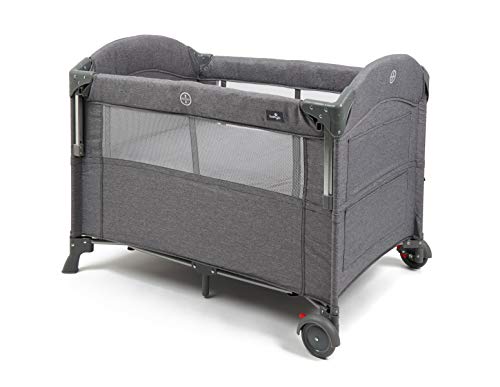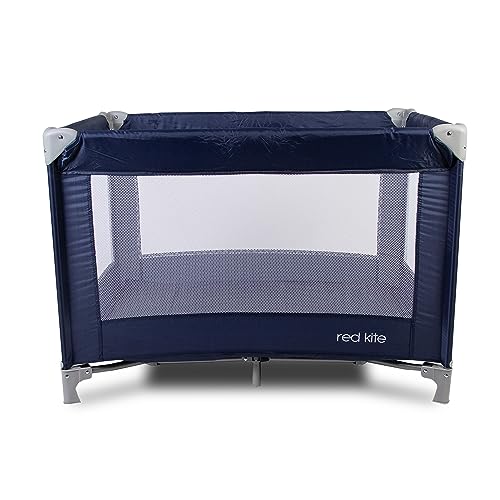The 10 Scariest Things About Cot Sales

Cot Sales and Ambulance Services
Cot sales are increasing due to higher birth rates and increased awareness about safety for babies. Numerous companies are also introducing new designs of cots that can be turned into day beds.
To ensure the accuracy of government price calculations, it is crucial to have an efficient and consistent method for assigning COT designations. A well-documented SOP and an efficient audit process are also important.
Demand for ambulances is increasing
The ambulance market in the world is booming, as traumatic injuries and chronic illnesses are becoming more common. These conditions are often accompanied by medical emergencies which require prompt and prompt intervention to save lives. This increasing demand underscores the importance for the public's health to have efficient emergency response systems, and easily accessible healthcare facilities.
Ambulances are specially-designed vehicles that transport patients to healthcare facilities and hospitals, and provide essential out-of-hospital care in the journey. The demand for these vehicles are driven by factors such as the increase in road accidents and a rise in the number of elderly people, and favorable reimbursement policies. In addition the demand for air ambulances is also increasing due to the growing demand for fast and reliable medical transportation across long distances.
The global ambulance market can be divided into three categories: hospital-based service, independent service providers, and government-run services. Hospital-based ambulance services are operated predominantly by healthcare facilities as well as private companies. The independent segment, which comprises private-owned and operated air ambulances is projected to expand rapidly over the forecast time. The government-operated segment, on the other hand, includes ambulances operated by state or municipal governments or military units.
By fuel type the global ambulance service market is classified into gasoline, diesel and electric. During the forecast period the diesel segment is expected to generate the largest revenue share. Diesel-powered ambulances are highly sought-after by fleet owners due to their superior performance and reliability. Moreover, the fuel economy of diesel engines is growing thanks to technological advances. The growth of the diesel sector however, is slowed by strict emission regulations.
The rise of new medical technologies is increasing the demand for ambulances. Telemedicine technology allows ambulances to communicate with doctors and receive treatment instructions in real-time. These technologies are helping to improve patient outcomes and decrease emergency department (ED) admissions.
The global ambulance services market is dominated by North America, followed by Europe and Asia Pacific. The North American market is fueled by high demand for high-quality health services, a dependable healthcare infrastructure and favorable reimbursement policies. Furthermore, strategic endeavors by market players and the growing the geriatric population of the region are also contributing to the market's growth potential.
Increased expenditure in the healthcare sector
The healthcare sector accounts for a significant portion of national economic activity. In addition, it contributes to the development of human capital and improves labor productivity. It is essential to increase expenditures in this area to improve economic growth. It isn't always certain how spending on health care can affect the economic performance of a nation. Many factors affect economic growth and healthcare spending. These variables can differ between regions and industries.
In the US, private businesses households, as well as the government are the primary source of health care financing. Private household and business expenses are funded through premiums for private health insurance and out-of-pocket spending. Government program spending is also paid for (either through dedicated taxes or general revenues). Government program spending is a major driver in overall health spending trends. The COVID-19 epidemic was a major cause of government spending on non-hospital, long-term health care services grew significantly. More than a third (33%) of all health care expenditures in the United States are accounted for by government programs.
Health expenditures are often measured using the Gross Domestic Product (GDP). GDP measures a country's total economic output. In the case of health care, it refers to the production of products and services. An expanding economy is linked with a greater GDP and more jobs. This is why it's crucial to know the impact of healthcare expenditures on GDP and other indicators of economic growth.
It is important to think about the impact of healthcare expenditure on economic performance when drafting public policies and evaluating new health initiatives. Numerous studies have proven that investing in healthcare increases the productivity of human capital, and improves economic performance (1, 2). These effects are complex and may vary depending on which sector and population groups are affected by the spending.
To ensure that the government pricing values are accurate and consistent it is essential to have a documented method for assigning COTs. Inconsistency could lead to inaccurate data, which could result in negative Medicaid Rebates, NFAMP and 340B/PHS Ceiling Price. Achieving accurate COT designations can cause chargebacks, limitations on contracts and other financial implications. To avoid these issues, it is recommended that a COT assignment method be developed based on the manufacturer's SOPs and COT reference library.
Demand for convertible cribs is growing.
Parents are willing to spend more for their babies as baby items are becoming more sophisticated. This has resulted in a rise in demand for cribs that can be converted into toddler bed or a daybed. These conversion kits are an excellent method to extend the life of a crib and save money over time. They also prevent parents from having to rush at the last minute to find a full-size bed for their child. The demand for cribs of this kind is expected to increase throughout the forecast time.
The global market for cribs and cots for babies is expanding rapidly, driven by the growing birth rates and rising standards of living in the world. The market includes a range of essential baby care items like strollers monitors, cribs and cribs. The increasing number of working families and nuclear families is driving the demand for high-quality, safe and multi-functional baby furniture. Top brands like DaVinci Baby offer multifunctional cribs which can be transformed into a toddler bed or larger beds. This allows parents to maximize their investment.
A lot of cribs are made from sturdy metal and wood which makes them a great choice for newborns and toddlers. These cribs are easy to clean and are is a great option for families with busy schedules. They are also equipped with safety features like side guard rails with built-in side rails and an extra secure mattress latch. Some mattresses are adjustable for different age groups.
Specialty stores and distribution channels online sell cribs and baby cots. The styles are available in a variety of styles, from traditional to contemporary. Some models include features like sensorSafe technology or airbags to improve safety and security. The use of environmentally friendly materials in the production process has also risen.
Given that babies are able to spend an average of two and two-and-a-half years in their cots, they play an essential part of their early life development. This has prompted manufacturers to design new cribs that blend design, comfort, and functionality. For example, Cradlewise's smart crib employs artificial intelligence to understand a baby's sleep patterns and adjust to the patterns. It also features a bassinet mode for newborns that can provide comfort as well as security.
The demand for multifunctional cots are on the rise
The global baby
Cot Sale market is expected to expand quickly, driven by the changing consumer preferences and technological advances. The market is influenced by regional trends as well. For example, Asian countries are a leading factor in the growth of the market due to rapid urbanization and rising disposable incomes. Parents in these countries are looking for multifunctional products that can save space and offer convenience. Companies that can align their product offerings with these needs are likely to prosper in the market.
Baby cots are becoming increasingly sophisticated, with manufacturers incorporating intelligent technology to enhance functionality and user-friendliness. A new generation of smart cribs for instance, comes with IoT capabilities that allows parents to monitor their children through their mobile devices. These advancements make cots for babies more attractive and versatile, which increases their demand.
The demand for multi-functional cots has also been boosted by the growing trend of urban living. Parents living in homes are looking for furniture that makes the most of space, and cots that convert into playpens or even adult beds are appealing to many buyers. Additionally, safety is an important concern for many families and has led to an increase in demand for cots that meet stringent requirements for safety.
Consumers are also seeking multifunctional cots that offer stylish designs. Buyers, particularly millennial parents, are increasingly attracted by brands that focus on quality and design. This age group is more technologically savvy and averse to research and has fueled the demand for furniture for babies that blends functionality with aesthetics.
Another factor influencing cot sales is the changing economic environment, as families prioritize essentials when budgets are tight. This has prompted some manufacturers to offer low-cost options, which allows them to compete with lower-cost competitors in the marketplace. The rise of ecommerce has also changed the buying behavior of consumers and has allowed them to have access to more baby products at a lower cost.
In the long term, the multifunctional baby cot market will continue to expand, driven by new trends and a rising emphasis on family-centered values. The market's growth could be slowed down by issues like fluctuating raw materials costs and fierce competition. It is therefore vital that manufacturers constantly develop and adjust to the changing market.

 Cot Sales and Ambulance Services
Cot Sales and Ambulance Services

